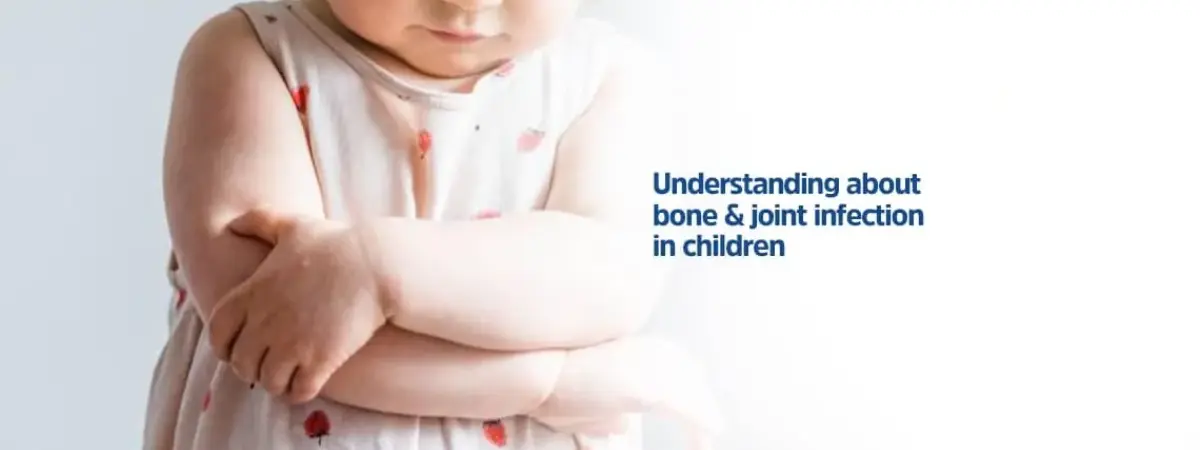
Bone, joint, and muscle infections can be concerning conditions, particularly in children, as they can lead to serious complications if left untreated. These infections, often caused by bacteria, viruses, or fungi, can affect various parts of the musculoskeletal system, including bones, joints, and surrounding muscles. Understanding the causes, symptoms, and treatment options for these infections is crucial for timely intervention and optimal outcomes.
Causes:
Bone, joint, and muscle infections in children typically occur due to bacterial invasion. Common pathogens responsible for these infections include Staphylococcus aureus and Streptococcus species. These bacteria can enter the body through open wounds, surgical incisions, or spread from other sites of infection in the body.
In some cases, viral or fungal infections may also lead to musculoskeletal infections, although they are less common. Viral infections such as influenza or the Epstein-Barr virus can cause inflammation in the joints and muscles. Fungal infections may occur in immunocompromised individuals or those with underlying conditions such as diabetes.
Symptoms:
The symptoms of bone, joint, and muscle infections in children can vary depending on the location and severity of the infection. Common signs and symptoms may include:
- Pain or tenderness in the affected area
- Swelling, redness, or warmth
- Limited range of motion in joints
- Fever and chills
- Fatigue or irritability
- Difficulty bearing weight or walking
Treatment: Early diagnosis and prompt treatment are essential for managing bone, joint, and muscle infections in children effectively. Treatment typically involves a combination of antibiotic therapy, surgical intervention, and supportive care.
Antibiotics: The choice of antibiotics depends on the type of bacteria causing the infection and its susceptibility to specific antibiotics. Intravenous antibiotics are often initially administered to ensure effective drug delivery to the site of infection.
Surgery: In cases where the infection has caused abscess formation or bone destruction, surgical drainage or debridement may be necessary to remove infected tissue and promote healing. In severe cases, joint replacement or bone grafting may be required.
Supportive Care: Pain management, adequate rest, and physical therapy play crucial roles in the overall treatment plan. Physical therapy helps maintain joint mobility, strengthen muscles, and prevent long-term complications such as joint stiffness or deformity.
For expert care and specialized treatment for bone, joint, and muscle infections in children, parents can rely on Dr Venkatram, a renowned bone, joint, and muscle infection specialist. As the best pediatric bone doctor in Kukatpally & Banjara Hills, Dr Venkatram offers comprehensive evaluation and tailored treatment plans to ensure the best possible outcomes for young patients. Contact the doctor today to schedule a consultation and provide your child with the care they deserve.
Recent Posts
- Recognizing and Addressing Neglected Fractures in Children: Importance and Treatment
- Monsoon Safety: 8 Tips to Prevent Slips and Fractures for Kids
- Strengthen Your Bones: Fresh and Healthy Foods for Kids During Monsoon
- Understanding the Impact of Childhood Obesity on Bone Health
- Flexibility for Future Champions: The Benefits of Stretching for Kids
- Understanding Joint Effusion in Children: Causes, Symptoms, and Treatment Options
- Managing Scaphoid Fractures in Kids: Insights into Causes, Treatment, and Rehabilitation
